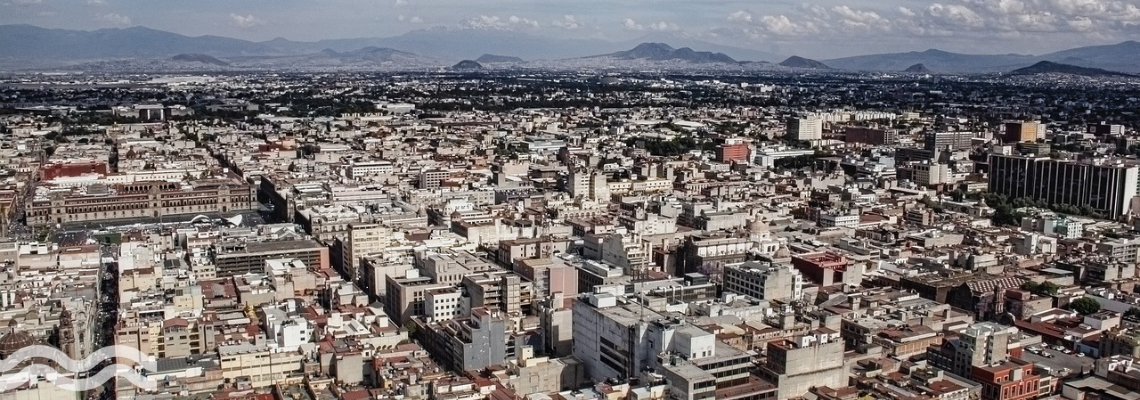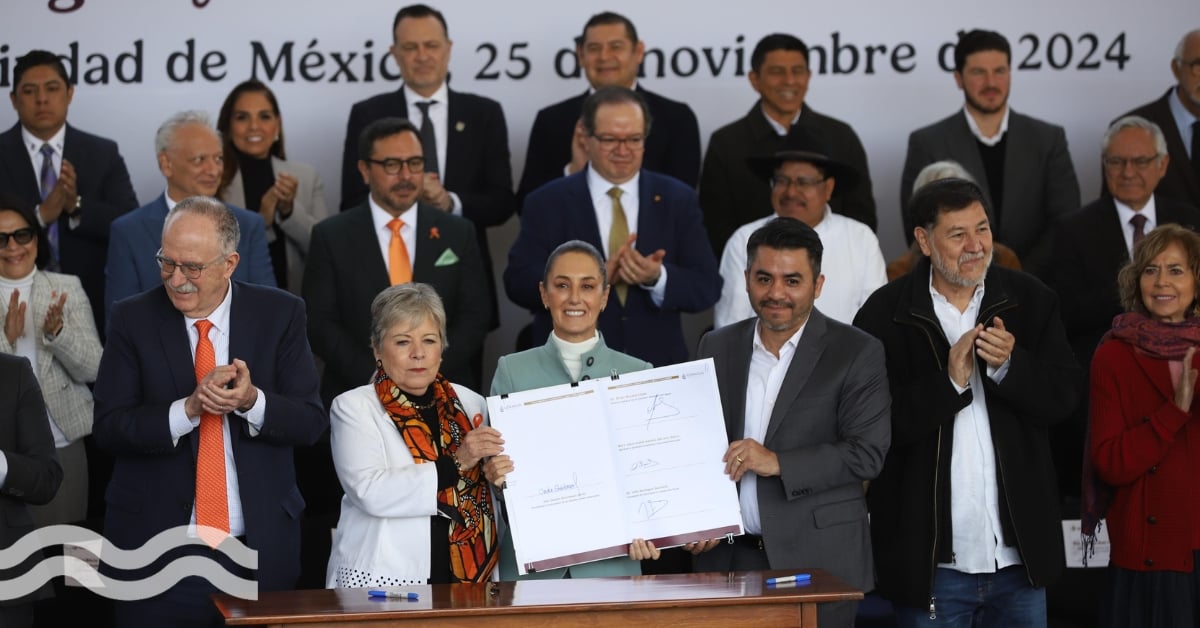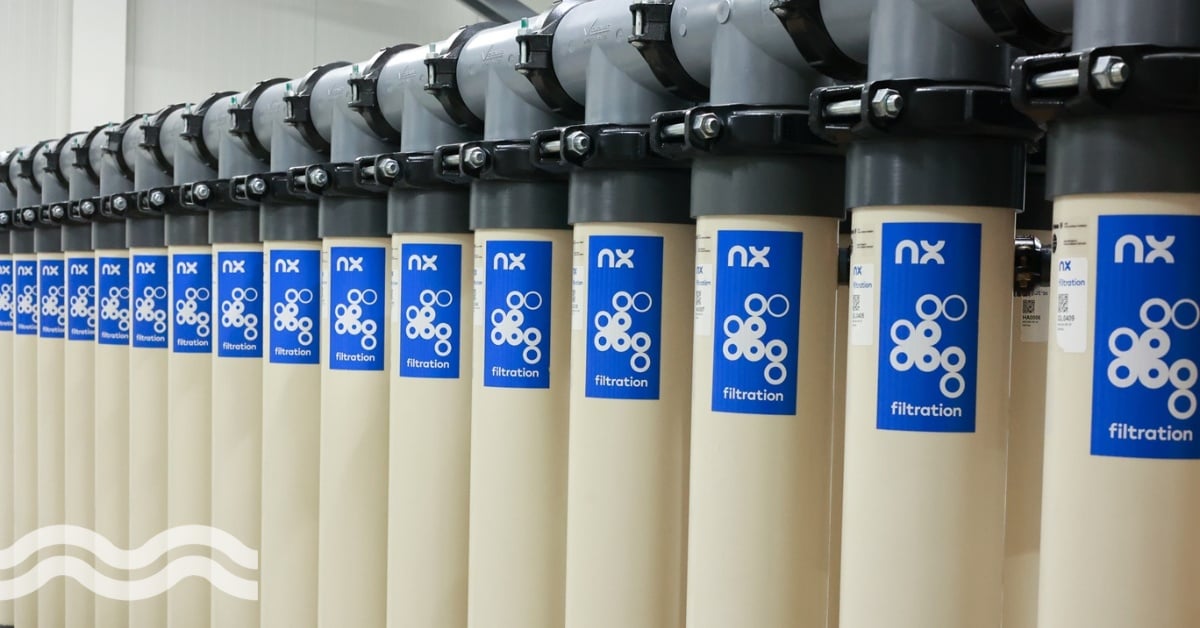
Mexico City, home to over nine million people, with more than 22 million living in its metropolitan area, is running out of water. It is also sinking.
Can Mexico avert Day Zero?
Mexico City, home to over nine million people, with more than 22 million living in its metropolitan area, is running out of water. It is also sinking.
Just how bad the current water crisis has become depends on whose narrative you follow. With some predicting the city will run out of water within months, some that it will be able to cope for a few more years.
“Several neighborhoods have suffered from a lack of water for weeks, and there are still four months left for the rains to start,” Christian Domínguez Sarmiento, an atmospheric scientist at the National Autonomous University of Mexico (UNAM) told CNN.
More recently, on 20 February, the city’s head of government called reports of the water supply approaching a ‘day zero’ event ‘fake news’ being peddled by opposition parties ahead of elections.
A brief history of Mexico City and its relationship with water
Mexico City was founded by the Aztecs around 1325. Known as Tenochtitlán, the city was originally built on an island in what was then Lake Texcoco, one of five lakes in the area.
The site grew to incorporate more islands, artificial and manmade, linked by causeways. In 1521, much of the city was destroyed by the Spanish conquistadores who built their own city, draining Lake Texcoco in the process.
The modern city sits within the former lake bed, on top of a natural aquifer where much of the city’s water is sourced from. The city’s urban sprawl and topography of the surrounding area means that drought conditions are common during the dry season and flooding common during the rainy season.
Where does Mexico City get its water from?
The aquifer that sits beneath Mexico City provides 60 per cent of the total water supply, via extraction from more than 500 wells. The rest come from a number of sources from outside of the metropolitan area, such as well fields in the Chiconautla system, which pumps water from the Cuautitlán – Pachuca aquifer, some 30km north of the city.
Another source is the Immediate Action Well (Pozos de Accion Inmediata) system, which is operated Conagua, Mexico’s National Water Commission. This was opened in the 1970s as a temporary solution but is still providing water to Mexico City.
Water is also imported via two further systems. The Lerma System brings water sourced via wells from the neighbouring state of Mexico via an aqueduct, while the Cutzamala system collects water behind a number of dams in the Cutzamala River basin before it is transported approximately 127km via aqueduct to Mexico City.
Not only is this the only major source of surface water, it involves moving vast quantities of water effectively uphill along the route.
What is Day Zero and is it nearly here?
Day Zero refers to a time when there is not enough water to meet the needs of the city and its population. Some suggest that this will occur when the Cutzamala system is unable to provide fresh water to the city.
With recent estimates putting reservoir levels at 39 per cent of capacity, Fabiola Sosa-Rodríguez, head of economic growth and environment at the Metropolitan Autonomous University in Mexico City, told CNN that Day Zero may happen before the rainy season, perhaps by the end of June.
“It’s probable that we will face a day zero,” she said. “Some groups will still have water, but most of the people won’t.”
Previous data from the university suggested the day may arrive in 2028.
According to researchers at the Autonomous University of Mexico (UAM), nearly 43 per cent of inhabitants in the metropolitan area lack access to clean water.
However, not everyone agrees that the crisis runs that deep. Mexico City’s mayor, Martí Batres, told a press conference in January that there is no such emergency, claiming it to be ‘fake news’ being fed to the media by his political opponents ahead of elections.
What is causing the problem?
Mexico City’s water problems are caused by a number of factors. Climate change has resulted in low rainfall for a number of years, with longer periods of dry weather and higher temperatures.
Conagua reported that January was the warmest on record, while the country as a whole experienced 25 per cent less rainfall than recent years. This has impacted on both water availability and demand across all of the systems used to supply Mexico City’s water.
The city’s development and expansion has resulted in an urban infrastructure that is prone to leaks. Raúl Rodríguez, president of the Water Advisory Council has suggested that state-wide 40 per cent of water is lost to leaks across its estimated 1,000km of main pipes and 12,000km secondary network.
In 2019, as much as 11 cubic metres of water was estimated as being lost per second in the city.
The size and structure of the metropolitan area also makes it harder for any rainwater to find its way down to the aquifer, which creates a big problem when combined with current extraction levels, lower rainfall, longer dry periods and increased demand.
What is causing the problem?
Quality of available water is also an issue. As stated above, Mexico City is sinking at a rate of 30-50cm a year. Many attribute this to pumping water from the aquifer beneath the city, although a report by Chaussard, Havazli, Fattahi, Cabral-Cano and Solano-Rojas in 2021, suggested it was not water levels in the aquifer itself, but the weakness of the aquitard, the layer that protects the aquifer that is causing the sinkage.
A sinking city also causes damage to the waste and supply infrastructure beneath the streets, leading to water being wasted through leakage. The continued downward compression of the aquitard layer has the potential to release more salts and pollutants into the aquifer, lowering water quality. It has also affected the artesian properties of the aquifer: the water is no longer moving to the surface in springs.
Water difficulties in the city have long been known. The World Bank produced figures almost 10 years ago that suggested a sixth of the country’s aquifers were overexploited.
A report that appeared in 2019 predicted that by 2030 only 28 per cent of Mexico City’s residents would have acceptable water provision. Furthermore, it predicted that the country would face a 23 million cubic metre shortfall between freshwater supply and demand in 2030 unless action is taken to improve efficiency now’.
What action has been taken to address water concerns?
While Mexico’s mayor is clear that there will be no Day Zero, the city’s administration is being proactive in efforts to conserve water.
With water levels in the Cutzamala System’s reservoirs at record lows, Conagua announced last October (2023) that it would reduce flow to the system. The following month it announced further reductions, with Germán Arturo Martínez Santoyo, general director of Conagua, stating: “Measures will have to be taken to be able to distribute the water that Cutzamala has over time, to ensure that it does not run out and that it can continue to supply water to the regions for which it is intended.”
In January, a further 800 litres/second reduction was announced. In a press conference, Martí Batres announced: “I want to point out that Mexico City has been making various investments to recover the flow of water, and that we have a plan so that, throughout 2024, the flow that has been lost due to the situation will be recovered," he said, referring to the reduced flow from the Cutzamala System.
In 2024, the mayor promised an investment of 319 million pesos (€17.4 million), in addition to a 509 million pesos investment pledged in November 2023. This investment, he said, would lead to the conclusion of 46 contracted works, 16 currently in the contracting process and 17 that would be carried out in coordination with Conagua.
An action plan for water supply
SAMCEX, the water ministry for the state of Mexico, has been working to lessen the impact of drought conditions. It has implemented its ‘Action plan for water supply in the face of shortages in Cutzamala in Mexico City’. Works include well rehabilitation and relocation, improving infrastructure, harvesting rainwater in schools, the construction of a water treatment plant at the Medin dam, among others.
Mexico City’s mayor has also called for the population to change their pattern of water consumption and re-use. He called on the city’s residents to not use drinking water for watering gardens, washing cars and cleaning patios etc, to reduce the use of washing machines (re-using the water where possible), to detect and repair leaks inside the house and report those in the street, turn off water at the tap when brushing teeth and washing hands, and reusing household water to help flush toilets.
He told reporters: “We hope that, by changing the pattern of water consumption, in each place we can reduce the consumption of water we use by an average of 10 percent. Now, at this time we are making a special call to those who have golf courses, extensive gardens or sports centers, so that they do not use drinking water to irrigate them, we have to give priority to human consumption of water, the most important thing is to guarantee human consumption of water," he urged.
SAMCEX’s Rafael Carmona Paredes believes that these actions could recover a significant water flow, and called for everyone to work together to address water shortage concerns.
“We insist, we are all part of the solution, the consequences of the water shortage in Cutzamala demand combined actions between the central government and mayors.
“Good management of the network and its valves must be carried out under strict communication between groups of operators. The actions to be carried out cannot be restricted to works that allow more water to be produced and managed better; the coordination of works with citizen participation, the central government and the mayors' offices is necessary," he said.
Will this be enough?
Mexico is suffering a water crisis across most of the country, but particularly in its largest metropolitan area within which almost a quarter of the national population lives. Local government and agencies are taking steps to address short and medium-term concerns, but the longer-term future looks more uncertain given the nature of climate change, geology and topology of the area.
To achieve a sustainable future for Mexico City’s population and its industries, local, national and international communities will need to work together to provide innovative and lasting solutions.
- For further information on the Mexican water market and details of Aquatech Mexico taking place on 3-5 September, please visit: www.aquatechtrade.com/mexico.


